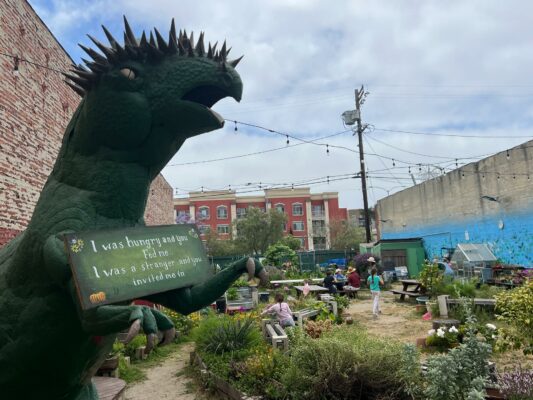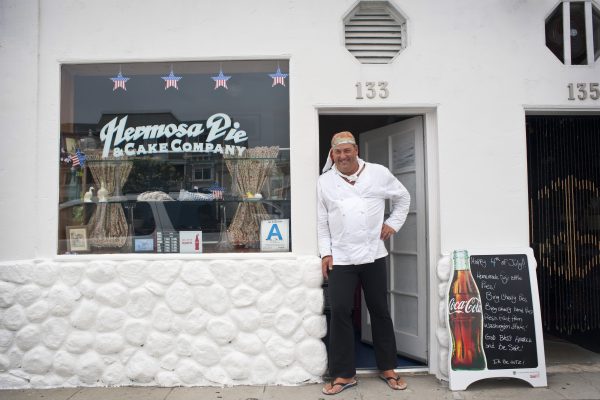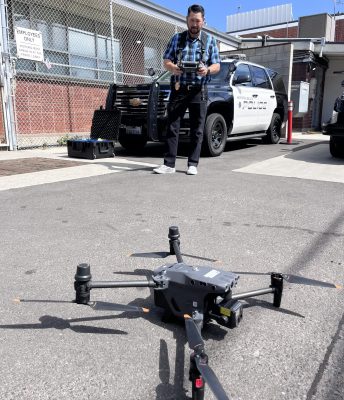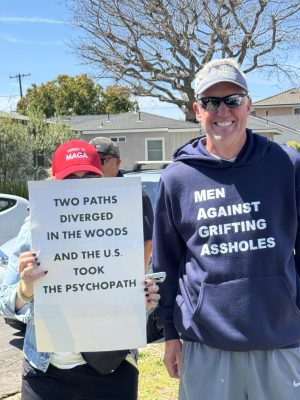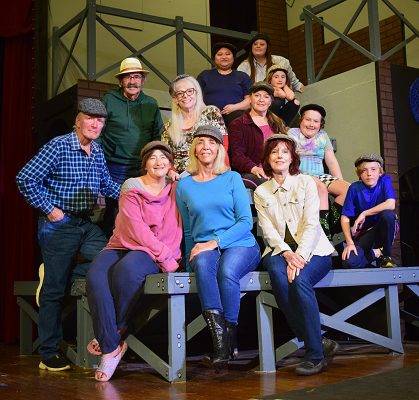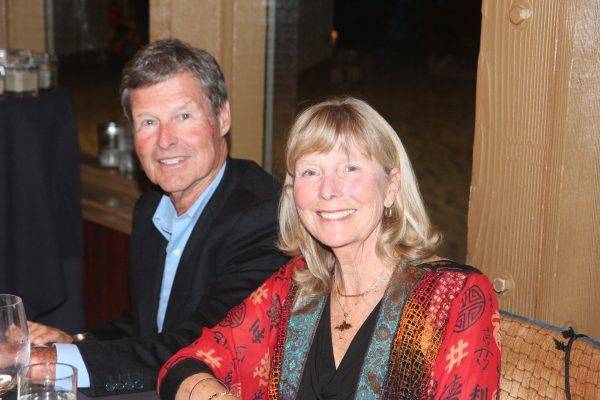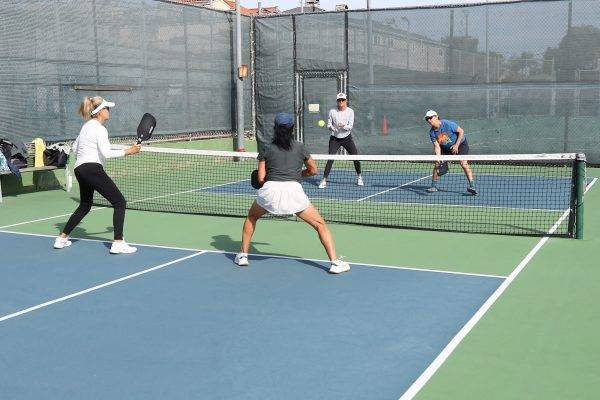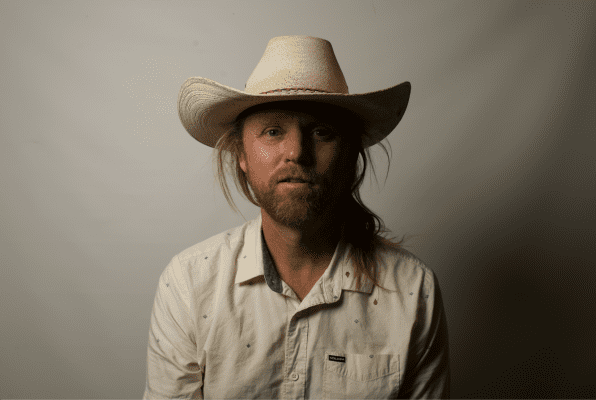
Unlike the other 2015 Hermosa Beach Surfer’s Walk of Fame inductees, Derek Levy was never a top ranked professional surfer. Nor was he a leader in the surfboard industry. But the Surfer’s Walk of Fame honors not only singular achievements. It also celebrates the spirit of surfing.
And no one embodies that spirit more fully than Levy.

When Levy graduated from Mira Costa High School in 1977, he made a deliberate and difficult decision to commit himself to surfing by turning his back on a professional surfing career. At the time, he was the number one ranked Western Association of Surfing junior in California, for the third consecutive year. He had been competing in surf contests since he was 11.
“It tore me up. I loved surfing. I wanted to do it for the rest of my life. But you can’t without money and there was no money in surfing. I knew I couldn’t keep living with my dad for the rest of my life,” Levy said.
So he went to El Camino College and then to Cleveland Chiropractic College in Los Angeles.

“We moved to Hermosa when I was in fourth grade, from Baldwin Hills. It was a classic case of ‘white flight.’ It was the ‘60s. My brothers and I were the last white kids on the block and kept getting beat up on the way home from school. One day my dad said, ‘We’ve got to move.’”
“We’d been going to the beach at Marine Street in Manhattan Beach, where we’d rent surf mats for a $1 a day from Lee’s Burgers. Lee Goodwin was a retired merchant marine. But my dad bought a place in Hermosa because it was more affordable. He was a teacher making $12,000 a year.”

“We learned to surf from a group of older kids called the Marine Street Crabs. They’d loan us their Jacobs 422’s and Rick UFO’s. They encouraged us.”
“My first surf contest was a Windansea Surf Club Menehune contest in La Jolla. Then my older brother Mark and I started competing on the WSA circuit. There were four divisions — California, Hawaii, the East Coast and the Gulf Coast. We were selected for the California team. In 1974 Mark won the Juniors National Championship. I finished sixth and was a finalist again in ‘77.”

“Mira Costa had an unofficial surf team coached by Mr. Baldini, the auto shop instructor. He’d take us on trips up and down the coast and to Mexico, things you can’t do today.”
“My senior year at Costa, I started surfing as a pro against guys like Peter Townend [the first official World Surfing champion], Joey Buran and Allen Sarlo. We were lucky to get our travel expenses covered.”

Levy opened his chiropractic practice in Manhattan Beach in 1983 with a solid patient base of injured surfers. When he ran into a conflict with his landlord, a longtime surfing friend bailed him out.
“The lease for my Manhattan office was an inch thick. The building kept getting sold. I didn’t know from month to month how much the rent would be. When a new landlord took over five years, ago, I said I wanted a flat monthly rent, with no extraneous fees. He said it didn’t work that way, so I called Eddie.”
Like Levy, Eddie Talbot had walked away from a promising professional surfing career in the ‘70s in favor of a career that would enable him to continue surfing. The future Hermosa’s Surfer Walk of Fame inductee opened ET Surfboards and invested in real estate, including a building next to his Aviation Boulevard shop.
“Eddie asked me what I wanted to pay. I told him and we shook hands. Old school. I’ll retire here,” Levy said.
The same year he opened his chiropractic office, Levy competed in his first Catalina Classic, a 32-mile paddleboard race from the Isthmus on Catalina Island to the Manhattan Beach pier.
For most surfers, paddleboarding is a way to stay in shape when there is no surf. For the Levy brothers and the half dozen friends they enlisted into the Southern California Paddleboarding Club, paddling is a means for adventure. The club made the Guinness Book of World Records in 1996 with the first paddleboard crossing of the English Channel. In 1999, Guinness recognized them for the first paddleboard circumnavigation of Manhattan Island and again in 2000 for the first paddleboard crossing of the Florida Straits, from Havana to Key West. The club’s other paddleboarding firsts have included the Straits of Gibraltar, Loch Ness, the Irish Sea, circumnavigation of Catalina Island and Point Dume to Mexico.

In 2005, when surf photographer Mike Balzer founded the South Bay Boardriders Club, Levy took responsibility for the groms division.
“I wanted to bring back the days when the older guys taught the kids to surf,” he said. A few years later, when the club established the South Bay Big Wave Contest, Levy took to clearing his appointments calendar whenever a big winter swell was forecast. His strategy is to park himself on his red Phil Becker outside at the Redondo Breakwall and wait to catch the biggest wave of the year. He’s still waiting, but he was a Big Wave finalist in 2010 and 2012.
Not all of his interests are water related. He coached his oldest kids’ soccer teams and has served on the Manhattan Beach Parks and Recreation commission.

The only concession to age Levy will admit to (his youngest kids, twins Travis and Riley, are one-year-old) is abandoning the annual Fourth of July tradition of painting the Neptune Street lifeguard tower. Neptune Street, on the border of Hermosa and Manhattan, has been the Levy brothers’ and their friends’ local break since high school.
“The first year we painted it pink because we all wore pink Lacoste shirts. Miami Vice was a popular program at the time and pastel pink was big. When the State threatened to take over the beaches and fire the County lifeguards, we put Power Rangers on top of the tower. When the Kings won the Stanley Cup we painted it black and white, with the Kings Logo.”
“Now that we’re all in our 50s, we’ve given that up,” he said.

But Neptune Street is still the site of the Levy Family Beach Decathlon, held the weekend after Labor Day for the past 25 years. It’s motto is part Churchill (“Nevah give up) and part Peter Pan (“Never grow up”). The 10 events are all challenging and tweaked. When a reporter asked former competitor Ben Burkhalter if anyone ever got hurt, he answered, “Always. That’s why I stopped.” Four-men teams compete for bragging rights by racing fin-less paddleboards and waterlogged kayaks. Bocce balls are shot-putted (they didn’t roll well in the sand) and interferences earns extra points in the surf contest. The Frisbee golf course is set up with unsuspecting sunbathers as obstacles, over-the-line is played barehanded and arseshoes are played with toilet seats.
Another Neptune Street surf tradition that has endured is an annual camping trip to the tightly guarded Bixby Ranch, one of the last undeveloped stretches of surfable coastline in Southern California.
“We used to boat in. But after years of losing motors and capsizing boats, we started scheming on how to get on the guest list. In 1990 we found a way and have been going up there every year since.” Levy declined to say exactly how their names began appearing on the secret list.

In the evenings the group sang around the campfire, led by Miles Pritzkat, who abandoned a promising career as a rock star in favor of becoming an architect (He and his brother Carl had a hit in 1980 with “Ronnie’s Song,” whose refrain is “Good luck Mr. President/Save us from ourselves.”). Over the years the idea of forming a garage band emerged.
Despite never having played an instrument, Levy picked up the harmonica and soon established himself as the band’s frontman.
“Country had its Dixie Chicks. Now surfing has its Bixby Dicks,” Levy said. “As long as the guys tell me what key they’re playing in and I grab the right harmonica, I sound okay,” he said.
Not content to being inducted into Hermosa’s Surfer Walk of Fame on Saturday, Levy and his fellow Bixby Dicks will perform on the Pier Plaza stage during the Spyder Surf Festival that follows. ER


